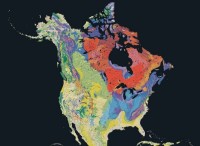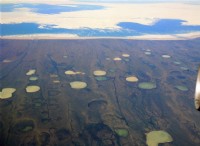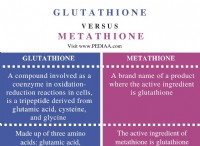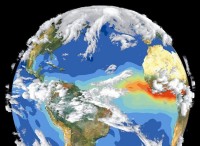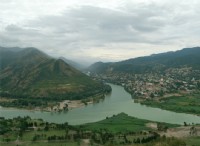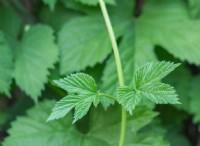Here's a breakdown of different types of contacts:
* Conformable contact: このタイプの接触は、両側の岩石が連続的なシーケンスで堆積したときに発生し、大きな中断や妨害なしに発生します。 The layers are parallel and there's no evidence of erosion or faulting.
* Unconformable contact: This type of contact occurs when there is a significant break in the geologic record, indicating a period of erosion or non-deposition. The layers are not parallel, and there may be evidence of erosion, folding, or faulting.
* Fault contact: This type of contact occurs when rocks are displaced along a fracture in the Earth's crust. The movement along the fault can cause different rock types to come into contact.
* Intrusive contact: This type of contact occurs when magma intrudes into existing rock layers, cooling and solidifying into igneous rock. The contact is often marked by a zone of metamorphism in the surrounding rock.
In addition to these, there are also other specific types of contacts depending on the geological context. For example, a dike is a tabular igneous intrusion that cuts across existing rock layers.
Understanding contacts is essential for geologists to decipher the geologic history of a region.接触を研究することにより、地質学者は、さまざまな岩石タイプの相対的な年齢、その形成につながった一連のイベント、および地球の地殻を形作った力の性質を決定できます。

